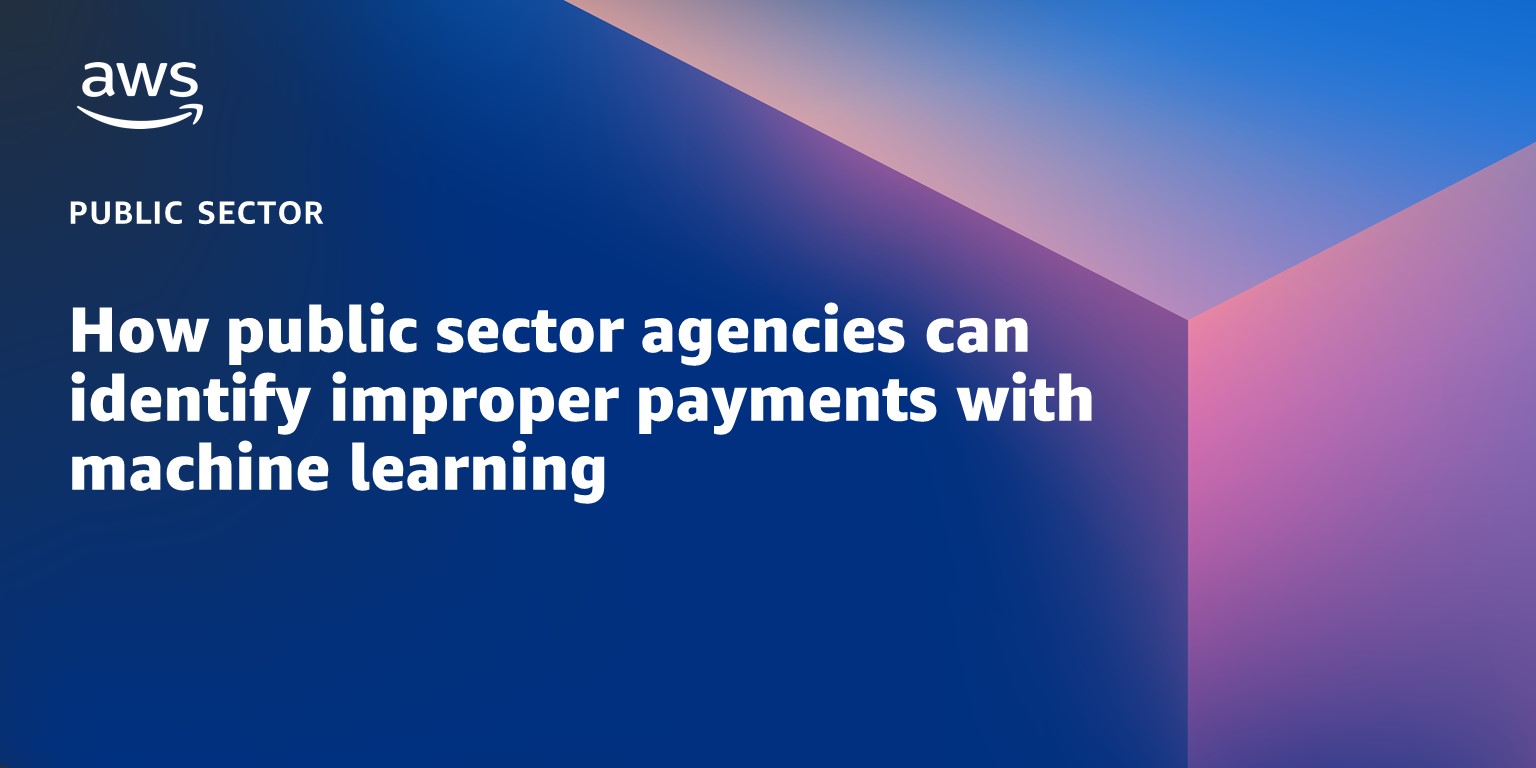AWS Public Sector Blog
Tag: architecture
Modernize Moodle LMS with AWS serverless containers
Moodle is a popular open source learning management system (LMS). Many education institutions are deploying and running Moodle on a physical hardware or virtual machine (VM) environment. They are looking to improve the scalability of their Moodle application to simplify operations and monitoring, and also optimize operating costs. One way to approach this is to use containers technology. In this blog post, learn how to deploy and run Moodle using serverless containers technology on AWS.
Virtualizing satellite communication operations with AWS
Virtualizing the satellite ground station with cloud technology can increase scalability, flexibility, and operational agility for satellite communications (satcom) operations. This blog post describes how AWS can help satcom customers virtualize their ground stations that are directly connected to satellite antenna systems. This post details the benefits of decoupling satellite ground station hardware and software components to improve scalability and flexibility. This post also presents a reference architecture to virtualize the satcom ground segment after the satellite signal is digitized at both ends of communication.
How to implement CNAP for federal and defense customers in AWS
In July 2021, the U.S. Department of Defense (DoD) released a cloud native access point (CNAP) reference design that follows zero trust architecture (ZTA) principles and provides a new approach to access mission owner (MO) applications. The DoD’s reference design discusses four core capabilities of CNAP: authenticated and authorized entities (C1), authorized ingress (C2), authorized egress (C3), and security monitoring and compliance enforcement (C4). In this blog post, we walk through how to establish the C2 component via a virtual internet access point (vIAP) with AWS. The proposed architectures can reduce operational cost and management overhead, while improving the accessibility, resiliency, and security of mission owner applications.
Architecture framework for transforming federal customer experience and service delivery
Customer experience (CX) has emerged as a key priority in the US following the 2021 Biden Administration Executive Order (EO) to transform federal customer experience and service delivery. Application modernization enables agencies to simplify business processes and provide customers with flexible, interactive, and simple to use applications, resulting in improved CX. In this blog post, we present an AWS architecture framework that agencies can use to develop and deploy a modern application that helps improve CX.
Getting started with healthcare data lakes: Using microservices
Data lakes can help hospitals and healthcare organizations turn data into insights and maintain business continuity, while preserving patient privacy. This blog post is part of a larger series about getting started with setting up a healthcare data lake. In this blog post, I detail how the solution has evolved at a foundational level over the series to include microservices. I describe the design decisions I’ve made and the additional features used. You can access code samples for this solution through a GitHub repo for reference.
How public sector agencies can identify improper payments with machine learning
To mitigate synthetic fraud, government agencies should consider complementing their rules-based improper payment detection systems with machine learning (ML) techniques. By using ML on a large number of disparate but related data sources, including social media, agencies can formulate a more comprehensive risk score for each individual or transaction to help investigators identify improper payments efficiently. In this blog post, we provide a foundational reference architecture for an ML-powered improper payment detection solution using AWS ML services.
Virtualizing the satellite ground segment with AWS
As the number of spacecraft and spacecraft missions accelerates, moving aerospace and satellite operations to the cloud via digital transformation — including virtualizing the ground segment — is key for economic viability. In this blog post, we explain the benefits of virtualizing the ground segment in the cloud and present the core components of a reference architecture that uses AWS to support several stages of a comprehensive ground segment virtualization. Then, working from this model, we present additional reference architectures for virtualizing the ground segment that can accommodate various requirements and usage scenarios.
AWS Secure Environment Accelerator (ASEA) connectivity with VMware Cloud on AWS
The AWS Secure Environment Accelerator (ASEA) landing zone helps customers deploy and operate a secure multi-account, multi-Region AWS environment. Governments in Canada and others around the world currently use the ASEA, with over 30 deployments to date. Some of these same customers also use VMware Cloud on AWS to integrate on-premises vSphere environments, allowing them to move existing workloads to the cloud more quickly. Integrating your VMware workload with natively managed AWS services can help you reduce your operational overhead and optimize your total cost of ownership (TCO). In this blog post, we review the technical considerations related to integrating your ASEA landing zone with your VMware Cloud on the AWS environment.
Building a serverless web application architecture for the AWS Secure Environment Accelerator (ASEA)
Government departments work hard to meet required security framework controls for cloud services, and obtaining an Authority to Operate (ATO) can sometimes take up to 18 months. To assist with this process, AWS developed the open-source AWS Secure Environment Accelerator (ASEA), a tool designed to help deploy and operate secure multi-account AWS environments. This post describes how government departments can more simply deploy a web application consisting of a single-page application (SPA), backend API, and database within ASEA.
Building a culture of innovation to better serve citizens
Public sector organizations—from state and local governments, to nonprofits, federal, and defense agencies—often ask us, “How does Amazon innovate?” Our approach centers on four pillars that help us innovate on behalf of our customers: culture, mechanisms, architecture, and organization.









